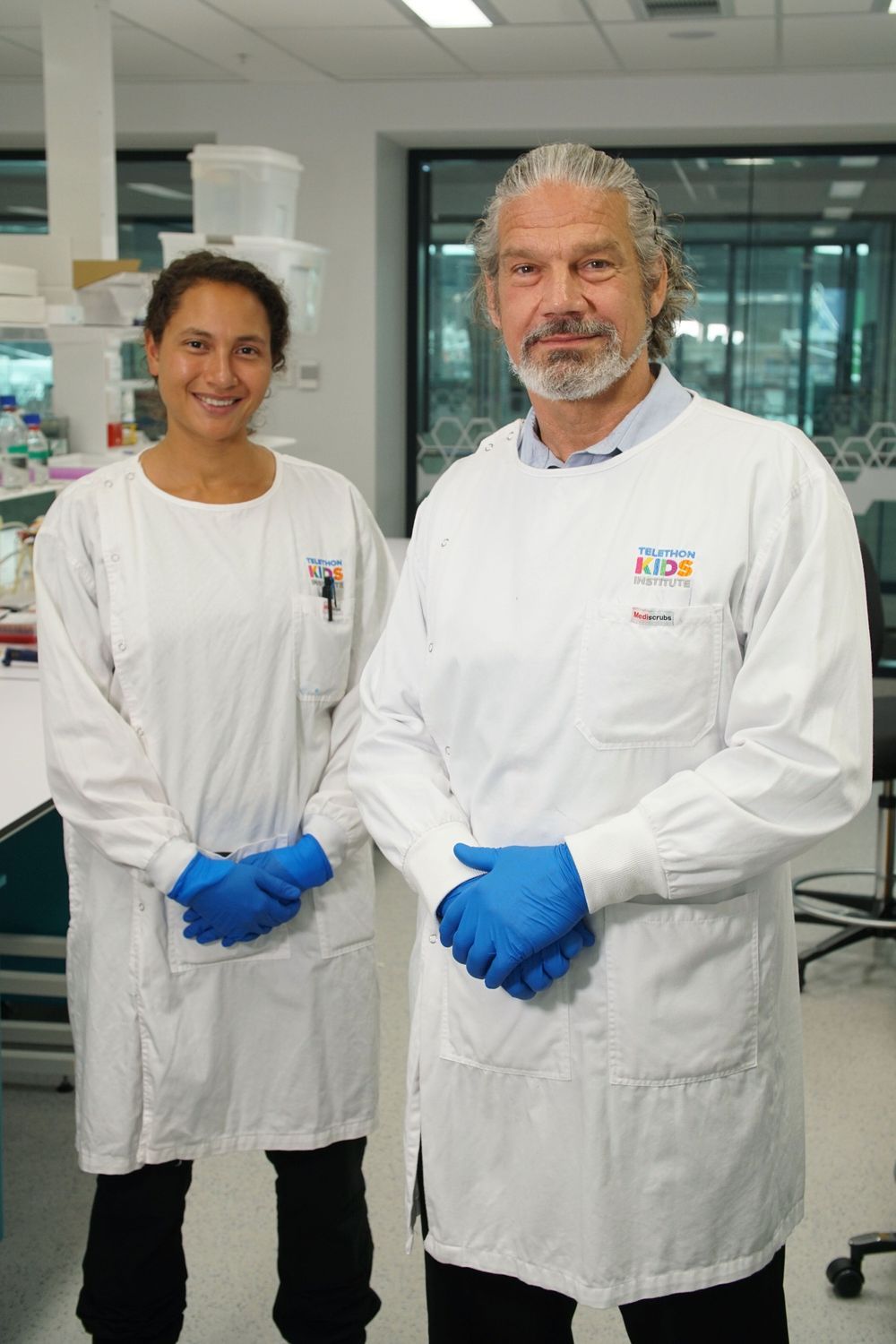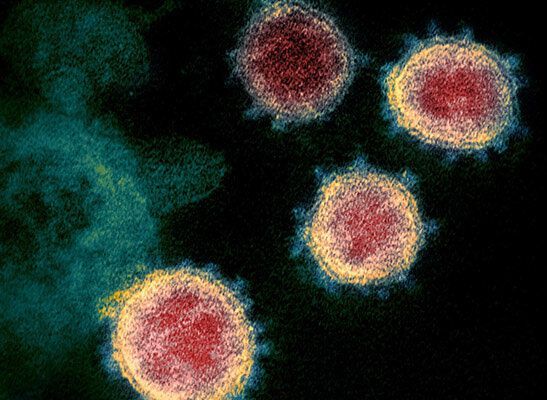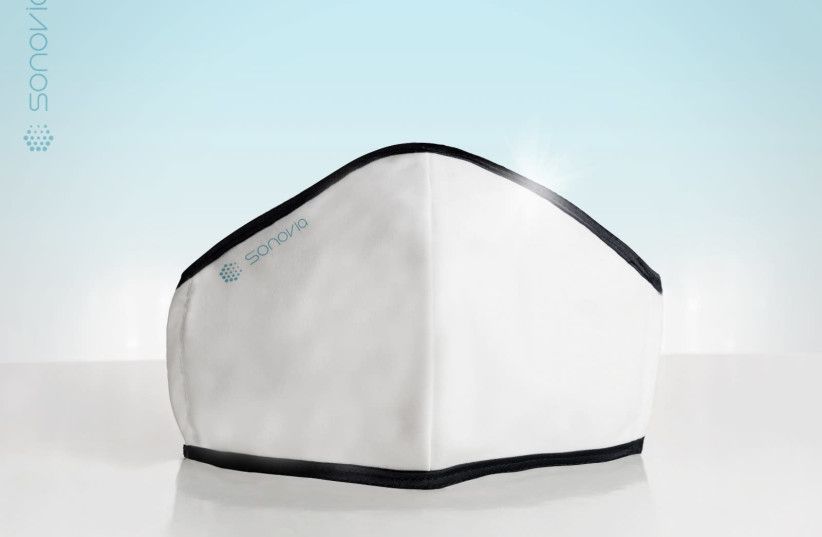Indeed, the coronavirus pandemic has wreaked havoc on research around the globe, shuttering laboratories, aborting field projects, and costing scientists months—if not years—of work. Even as labs contemplate reopening—if and when federal and local governments ease lockdown restrictions—the challenges will be enormous. Most will have to operate with just a few individuals at a time, working in shifts. All large gatherings, including lab meetings and lectures, are likely to be prohibited. And there will be stark differences in strategy between fields—and sometimes even within the same building. At the same time, many institutions are still trying to figure out how and whether to test employees for SARS-CoV-2, the coronavirus causing the current pandemic, and what to do if infections resurge.
Institutions struggle with—and differ on—the best way to restart science.









